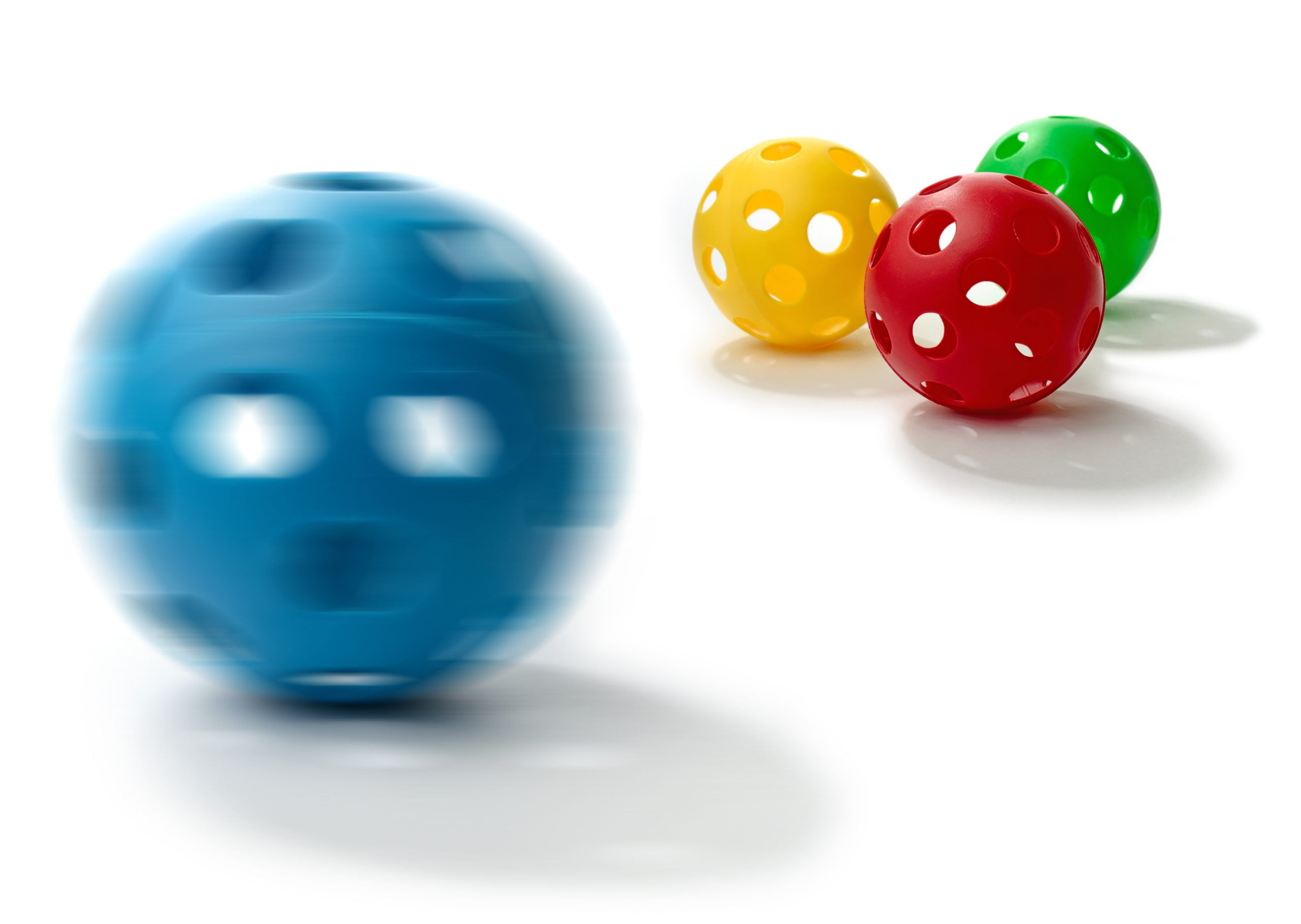Some medical professionals who read this blog might even scoff at the question. “Stimming? That’s something that you guys made up, like some of the other stuff you say about autism.” It’s as if sensory processing issues aren’t real, ’cause the AAP decreed it so.
Regarding the term ‘stimming’, critics might have a point. Even wikipedia only provides a brief explanation. Let’s take a look at what it is, how it might be addressed, and what the prognosis is for this sometimes-annoying sign that so often identifies abnormalities in the movement domain (the others being social and speech). For many parents, such behaviors represent a sign that their child looks different when playing in the park, or that they may be bullied as they get older. It is a key symptom for inclusion in the proposed 2015 criteria change (pictured).
1. Stims are not one thing, they indicate various activities. For this reason, the psychiatric equivalent, “stereotypy,” which indicates purposeless movements, would be imprecise and incorrect. Furthermore, they do not only represent ‘self-stimulatory’ behaviors responding to sensory input; ‘stimming’ is expressive in nature, as well.
Many parents can become quite versed in Stim-lish. “Oh he loves that video,” or “She flaps that way whenever she is nervous.”
2. Some are purely verbal. Ever hear that high-pitched, repetitive cry? That’s a verbal cue to get some kind of attention. It works really well. Screeches are also very effective at attaining an adult’s attention, if not affection.
3. Given a narrow range of expressive verbal behavior, more generalized body movements are often the only way to display fear, anger, frustration, sadness, joy and excitement.
4. Repetitive behaviors are not obsessive-compulsive disorders. They are repetitive behaviors, until proven otherwise. Therefore, most anti-OCD drugs don’t work, or can even exacerbate symptoms.
5. Several ‘stims’ that have the common factor of responding positively to restoring G-I health. Those include: severe, prolonged tantrums, self-abuse behaviors, aggressive behaviors, constant activity, and repetitive bending at the waist or pushing into objects.
6. Sometimes, they represent the affected child’s bodies’ appropriate response to really loud frequencies or incredibly bright lights that their altered sensory systems percieve. That assault on their senses may frequently become an issue as children recover and are even more keenly aware of the environment. Sudden onset of unusual behavior may indicate that the individual is experiencing a very annoying or new perception. Such a change in behavior is not always a negative that requires strong medication, or that medication would effectively treat, anyway.
7. Also, a child exhibits repetitive behaviors as a result of boredom. I spoke to one Mom who re-directs her child to empty the clothes dryer. She said, “It may take 45 minutes, but he’s not stimming while he’s doing that.”
8. Stims evolve. Some morph into other oft-repeated behaviors, and many just disappear over time. For the most part, the majority of my older patients have become rid of these activities. As children get older, they may be mistaken for tics, and treated in that manner, which is usually not effective, and may even be counter-productive.
9. As increasing numbers of neural pathways for speech become enabled, children often exhibit echolalia and scripting. These are forms of verbal stimming in a patient who is becoming more proficient. Such speech patterns are sometimes practice, so they wouldn’t always be an activity that needs to be corrected. The child’s level of cognition can be much more accurately assessed by the quality (not the quantity) of repetitive speech. Over the years, parents have repeated words and phrases so frequently that children are often merely imitating the constant reiteration that parents expressed as they have sought to get through to their affected offspring.
10. Some recent literature may indicate that seizures, or seizure equivalents, may be represented clinically by repetitive behaviors. This may be especially true if the child seems to ‘flake out’ at repeated intervals, or displays alterations in gross motor movements such as jerking or clenching.
What stimming actions have in common is that they provide communication and are not always a negative that can or should be fixed. ‘Self-stimulatory’ activities are signs and symptoms that require examination and evaluation, not just behaviors that should be brushed off as part of the autistic condition.
Finally, in my experience, the ability to re-direct (rather than admonish or punish) such unusual behaviors serves as a measure of medical involvement, an insight into the cause, and a therapeutic intervention.






